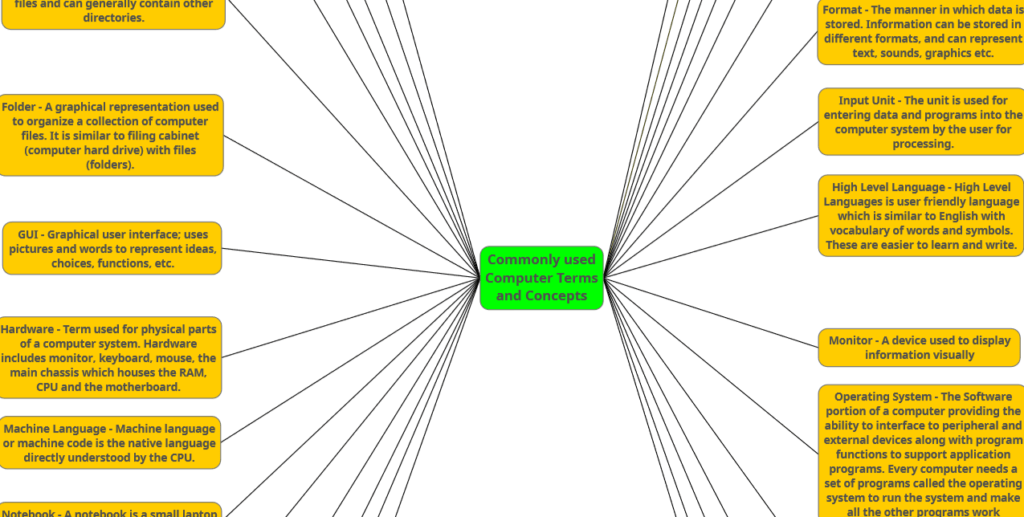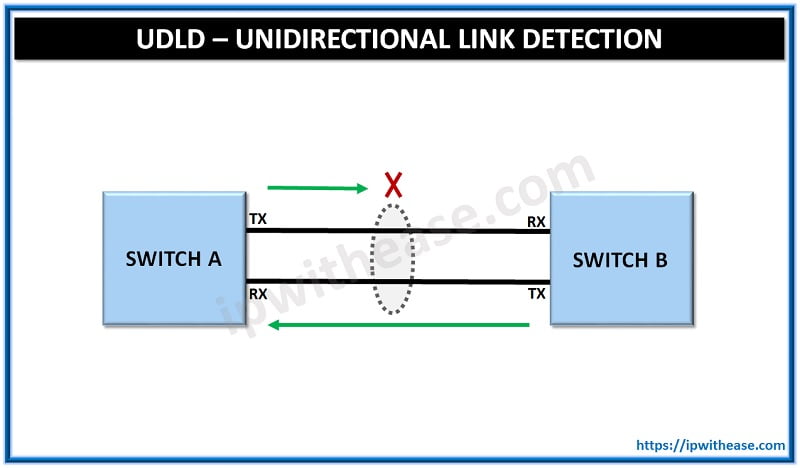Table of Contents
In high-availability networking, Virtual Router Redundancy Protocol or VRRP plays a crucial role in eliminating single points of failure at the default gateway. VRRPv3 is the latest version. In this blog, we discuss the difference between the the two versions VRRP v2 and v3 in detail.
What is VRRP
It is a key protocol in the LAN environment especially for VLANs having Core Switch/Router in pair (High availability). Its protocol has been developed over time to encompass more features and expand the scope. For e.g. VRRP v3 (RFC5798) includes IPv6 support which was not available in its earlier versions.
Worth sharing here that both versions v2 and v3 not being compatible with each other and that every router in the LAN must speak the same version for VRRP to correctly function. Also, both do not support authentication.
Related- VRRP Configuration Scenario in Brocade Router
What is VRRPv2?
VRRPv2 is a network protocol defined in RFC 3768, designed to increase the availability of the default gateway servicing hosts on a LAN (Local Area Network).
How does it work?
Multiple routers are configured in a VRRP group. Among these, one router is elected as the Master, and the rest are in Backup mode. The Master handles traffic for the virtual IP address (VIP), the default gateway IP that hosts use.
If the Master router fails, a Backup router automatically takes over, ensuring continuous availability of network connectivity without user intervention.
Limitations
- It works with IPv4 only
- Authentication is weak or non-existent
- Doesn’t scale well in modern, dual-stack (IPv4+IPv6) networks
What is VRRPv3?
VRRPv3 is defined in RFC 5798. It’s an updated version of VRRP that supports both IPv4 and IPv6, making it suitable for modern dual-stack networks. VRRPv3 uses link-local addresses and the multicast address FF02::12 in IPv6 for advertisements. This makes it ideal for next-gen networks where IPv6 is deployed alongside IPv4.
How does it work?
Multiple routers are configured in a VRRP group and a virtual IP address is shared by the group. The Master router sends periodic advertisements to indicate it’s alive.
If the Master fails, the Backup with the highest priority takes over. The virtual MAC and IP remain the same, no changes needed on host devices.
Benefits over VRRP V2
- Supports both IPv4 and IPv6
- Authentication is removed in favor of more secure transport-layer options
- Better vendor interoperability
- Compatible with modern network environments
Difference: VRRP v2 vs v3
Below table will enlist the difference between VRRP v2 and VRRP v3 protocol:
| PARAMETER | VRRP V2 | VRRP V3 |
|---|---|---|
| RFC | RFC 3768(http://tools.ietf.org/html/rfc3768) | RFC 5798(http://tools.ietf.org/html/rfc5798) |
| PROTOCOL SUPPORTED | Support for IPV4 only. | Supports both IPv4 and IPv6 |
| TIMERS | Timers in seconds | Timers in Milliseconds |
| MULTICAST ADDRESS | 224.0.0.18 for IPv4 address | 224.0.0.18 for IPV4FF02:0:0:0:0:0:0:12 for IPv6 |
| VIRTUAL ROUTER-ID | IPv4 – Uses mac address 0000.5E00.01xx, where xx is the virtual router id in hexadecimal | IPv4 – Uses mac address 0000.5E00.01xx, where xx is the virtual router id in hexadecimalIPv6 – The multicast address FF02::12 is used to send hello messages. |
| PREEMPTION CRITERIA | Node with same priority value but higher IP would cause preemption. | Only higher priority would cause preemption |
| ENABLE VRRP | Enabled on per interface basis. | Need to be enabled globally |
Download the comparison table: VRRP v2 vs v3
Related- HSRP vs VRRP
ABOUT THE AUTHOR

You can learn more about her on her linkedin profile – Rashmi Bhardwaj



